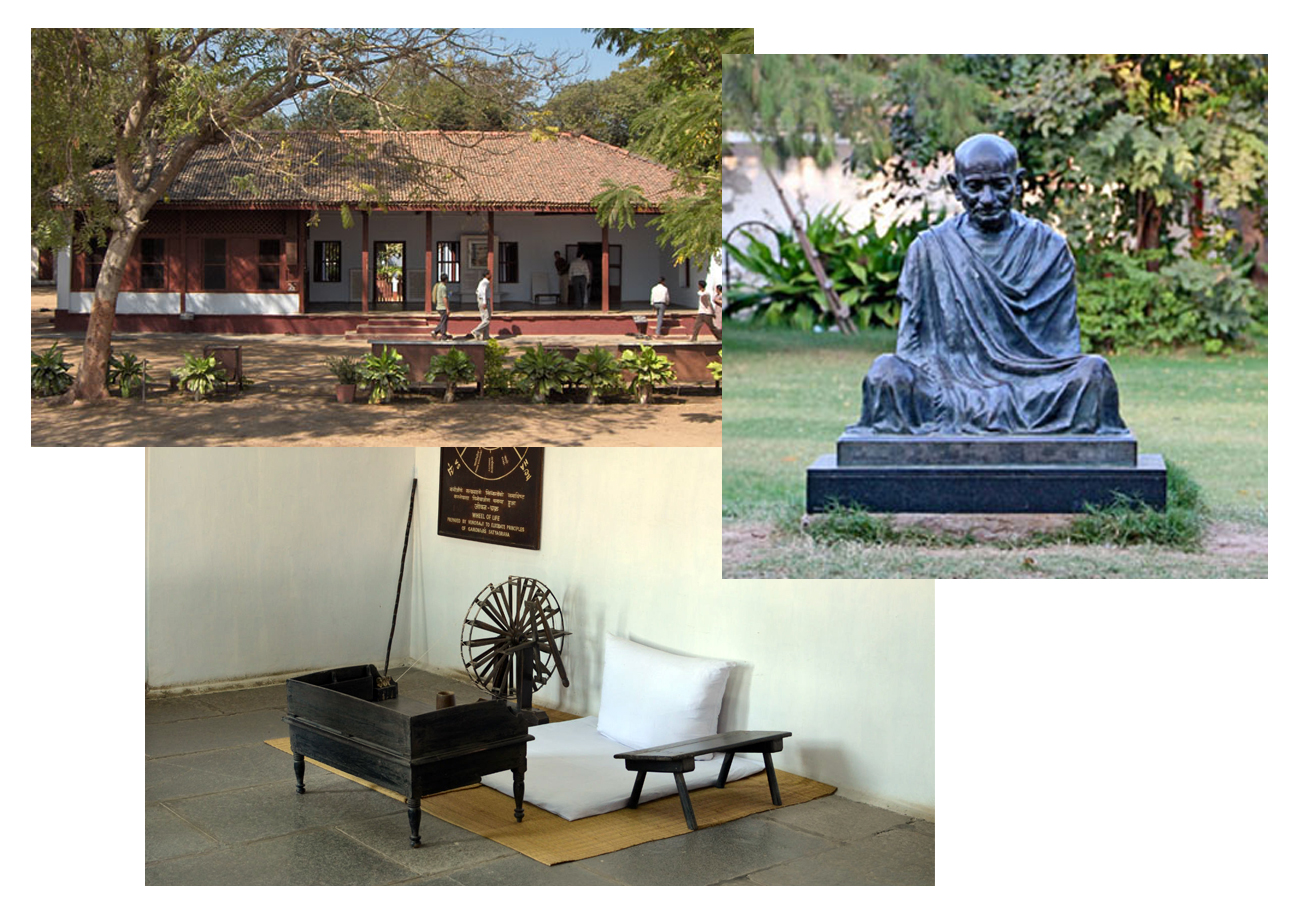

Mahatma Gandhi left Sabarmati Ashram on July 31: Know its significanceWritten by Susmita Pakrasi | Edited by Meenakshi Ray
The historic Sabarmati Ashram has reopened its doors for visitors, after remaining closed for over nine months due to the coronavirus outbreak, an ashram official said on Tuesday.(Yahoo) The government has established the ashram as a national monument in recognition of the influence that Dandi March had on the Indian independence movement. July 31 has a special significance in the history freedom struggle of the nation. On this day in 1933, Mahatma Gandhi left the Sabarmati Ashram forever. Sabarmati Ashram, also known as Gandhi Ashram and Harijan Ashram, is located in the Sabarmati suburb of Gujarat's Ahmedabad. It was one of the many residences of Mahatma Gandhi who lived at Sabarmati and Sevagram in Wardha of Maharashtra when he was not travelling across India or was not in prison. It was from Sabarmati that Gandhi led the Dandi March, also known as the Salt Satyagraha, on March 12, 1930. The government has established the ashram as a national monument in recognition of the influence that Dandi March had on the Indian independence movement. The Sabarmati Ashram was home to Gandhi from 1917 until 1930 and served as one of the main centres of the Indian freedom struggle. It was originally called the Satyagraha Ashram and became home to the ideology that set India free. Sabarmati Ashram is named after the river on which it sits and was created with a dual mission -- to serve as an institution that would carry on a search for truth and as a platform to bring together a group of workers committed to non-violence who would help secure freedom for India. During his stay at the ashram, Gandhi formed a school that focused on manual labour, agriculture and literacy to advance his efforts for self-sufficiency. Today, the Sabarmati Ashram serves as a source of inspiration and guidance and stands as a monument to Gandhi’s life mission and evidence to others who have fought a similar struggle. The ashram was a major tourist attraction, both with domestic and foreign travellers, before the outbreak of coronavirus disease (Covid-19). On average, around 2,000 people used to visit this place every day, ashram’s director Atul Pandya said, adding that the footfalls are now going to be much less in the wake of the Covid-19 pandemic, reports news agency PTI. Courtesy: Hindustan Times, dt. 31.7.2021 |